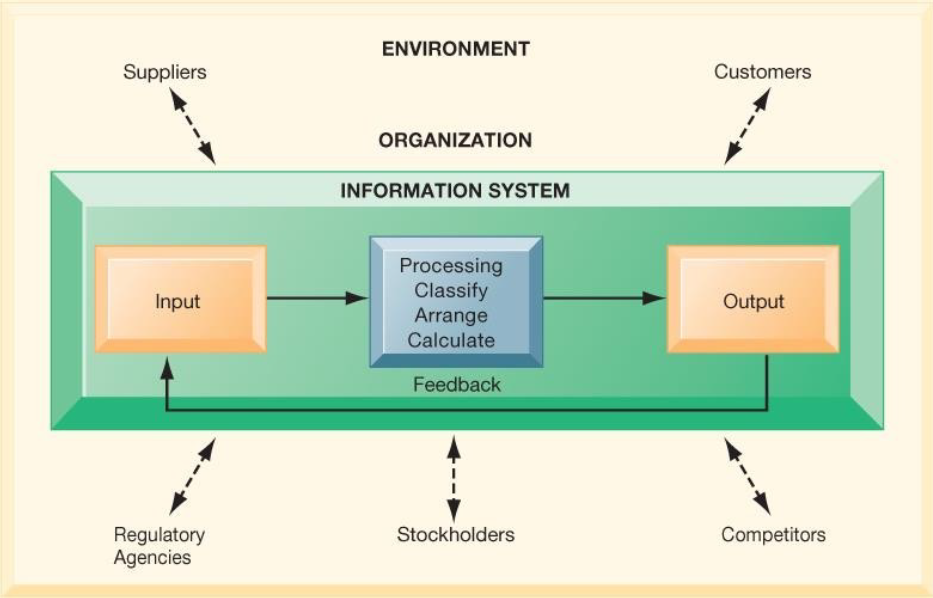My thought on Information Systems
The Golden Keys for Business Strategy
I recently took a course on Information System Theory and Management with no real expectations going in. It was led by two lecturers, Puan Roshanizah binti Harun and Ts. Dr. Ramona binti Ramli, both of whom clearly bring a wealth of experience to the subject. What caught my attention was how deeply this topic shapes the businesses around us today.
This course stands out as the only one I’ve encountered that directly applies to modern organizations and enterprises. I’d argue it’s a core subject for anyone aiming to become a successful entrepreneur. Without a solid grasp of information systems, your business might struggle to survive in today’s tech-driven era. From decision-making tools to customer engagement, IS is the backbone of strategy and operations.
I’m taking this course as a minor in computer science under the School of Computer Science. My classmates come from diverse fields, management, mathematics, physics, and more. So, everyone brings a unique perspective to the table. Naturally, my own take on information systems leans toward a computer science lens, shaped by my background.
One question from our lecturers during a test stuck with me: “What’s the difference between an information system (IS) and information technology (IT)?” The two are closely linked but distinct. An IS is broader and more strategic: An entire ecosystem where technology, organizations, and management come together to manage and use information effectively. Think of it as the “why” and “how” behind leveraging tech to solve business challenges or achieve goals. It’s about designing systems, analyzing data, and aligning technology with business needs, like enhancing customer experiences or optimizing operations.

IT, by contrast, is more practical and technical. It’s the “what”: the hardware, software, networks, and infrastructure that keep things running. IT professionals ensure servers stay online, fix glitches, and keep the Wi-Fi stable during crunch time. It’s essential, but it focuses on execution rather than the bigger-picture strategy.
A key part of modern IS is how it supports decision-making at every level. Decision Support Systems (DSS) target middle management by aiding in non-routine decisions, pulling in external information alongside data from Transaction Processing Systems (TPS) and Management Information Systems (MIS). DSS comes in two flavors, model-driven and data-driven, and offers tools like “what-if” analysis, sensitivity analysis, and multidimensional analysis (OLAP), all powered by mathematical or analytical models. For senior management, Executive Support Systems (ESS) step in, tackling non-routine decisions that demand judgment and insight. ESS blends external data with summaries from internal systems, using methods like the balanced scorecard (tracking financial, process, customer, and growth outcomes) and business performance management (BPM) to turn strategies into actionable targets. Meanwhile, high-velocity automated decision-making uses computer algorithms to handle structured decisions without human input, though safeguards are critical to keep it in check. Together, these systems ensure data drives smarter choices, from daily operations to long-term vision.
Then there’s Business Intelligence (BI) and Business Analytics (BA), the infrastructure that makes it all possible. BI is about warehousing, integrating, reporting, and analyzing data, using databases, data warehouses, and data marts, giving managers a foundation to collect and clean information. A real-world case is how companies like Starbucks use BI to track sales across thousands of stores, spotting trends like a spike in iced coffee demand during summer. BA takes it further, using tools like OLAP, statistics, and data mining to deliver actionable insights. Super users and business analysts lean on these, crafting custom reports with “what-if” scenarios or sensitivity analysis to tackle semi-structured decisions. Companies can opt for one-stop integrated solutions from hardware giants or mix-and-match best-of-breed tools for flexibility. Either way, BI and BA tie all a firm’s data streams into a coherent, enterprise-wide picture.
Beyond decision-making, IS is evolving with tools like AI chatbots, which boost customer engagement and productivity. Chatbots handle inquiries via phone, WhatsApp, or company websites, streamlining operations and cutting costs by operating as a pay-as-you-go service. Accessible anywhere, they enhance customer reach and even integrate with social media to gather and analyze data. Take banks like Maybank, for instance: their chatbots answer FAQs or guide users through loan applications 24/7, freeing staff for complex tasks. Powered by AI, these intelligent systems mimic human behavior, with features like intelligent agents that filter spam or hunt for cheap flights; some even adapt on their own. By capturing employee expertise as software rules, they tackle structured tasks and support decisions, adding yet another layer to what IS can do.
This was just a part of the topics in Information System. There is dozens more which support business strategy.
\[\cdot~\cdot~\cdot\]